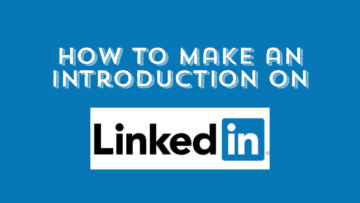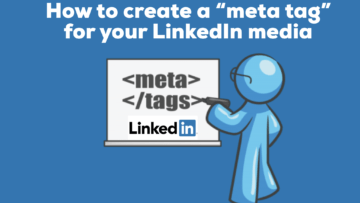Thank a teacher if you can read and write on and off LinkedIn! Did you know that the first Tuesday in May is Teacher Appreciation Day, and in 2023, May 8th to 12th is Teacher Appreciation Week? Although Roosevelt spoke about thanking teachers for their hard work in 1953, it became an official national holiday in 1980.
While discussing celebrations, did you know that May 5th, 2023 is LinkedIn’s official 20th birthday? So, after you enjoy your Cinco de Maio celebrations, have a little cake and ice cream.
In case you didn’t know, I am a former K-12 teacher with nine Pennsylvania Department of Education Certifications, including seven teaching and two administrative certificates (Principal and Supervisor of Curriculum and Instruction).
I am still teaching, though my audience mainly consists of adults who are working professionals seeking knowledge on career development topics. These folks can be unemployed, employed, self-employed, students, or veterans who are or will be part of the workforce.
Everyone who is a working adult should have a LinkedIn profile, which should be optimized, and they should be actively participating and engaging with others on the platform and publishing their own content as thought leaders.
If not active, you may not stand out, be visible, or differentiate or distinguish yourself from others who are part of the 930 million people on the platform.
So how can you be a thought leader? Aside from speaking, you can engage in writing.
If it’s been a while since you have been in school and need writing inspiration, here are various ideas that may create a spark.
- How to Add Some Fun Factors to Your LinkedIn Posts
- Need LinkedIn Post Ideas? There are 57 to make your secret sauce!
- Should You Publish a Vulnerable Story on LinkedIn?
- Have a Timed Written Test as a Job Candidate? Try thesis statement writing!
- LinkedIn Publishing – The How and Why
If you are going to write a longer article or newsletter on LinkedIn, here are some writing structures below that you were probably taught long ago by an elementary, middle, high school, or university teacher.
Writing structures refer to the way that written content is organized, and below are some of the most common forms:
- Compare and Contrast: This structure compares and contrasts two or more things by sharing similarities and differences between subjects to help them understand them better.
- Descriptive: This structure creates a vivid picture of a person, place, or thing. The writer uses details from the five scenes to create a clear image in the reader’s mind.
- Expository: This structure explains or informs a reader about a particular topic and may include facts, statistics, and evidence to support the writer’s argument.
- Narrative: This structure is often used in storytelling, where the writer presents a sequence of events chronologically to tell a story.
- Persuasive: If the writer wants to use a structure to convince a reader to take a specific action or believe a point of view, they will use this structure incorporating logic, reasoning, and emotional appeals.
- Problem-Solving Structure: This structure presents a problem, presents evidence to support its existence, and then offers a solution to solve it.
No matter how you share your written content, consider running it through Grammarly, as it catches a lot of mistakes!
NEXT STEPS
- Subscribe to my newsletter on LinkedIn for bright ideas to manage your career.
- Join as a member at https://greatcareers.org/membership of the #1 business networking association on the Philadelphia Business Journal’s Book of Lists three years in a row!
- If you need a resume or LinkedIn profile to get you to your next step, book a call to chat!
- Follow #GreatCareersPHL
AUTHOR BIO
Lynne M. Williams is the Executive Director of the Great Careers Network, a volunteer-run 501(c)3 nonprofit organization that provides career development and networking connections for 1) job seekers in career transition, including veterans, and 2) employed and self-employed for career management.
Aside from writing keyword-focused content for ATS resumes and LinkedIn profiles, Lynne is currently writing her doctoral dissertation on LinkedIn for Job Seekers. She is a contributing author on “Applying to Positions” in Find Your Fit: A Practical Guide to Landing the Job You Love, along with the late Dick Bolles, the author of What Color is Your Parachute?, and is also a speaker on career topics.
This article is also published on: vista.today, montco.today, delco.today, bucksco.today, and in the author’s LinkedIn newsletter. A list of articles can also be found in a Google doc.




